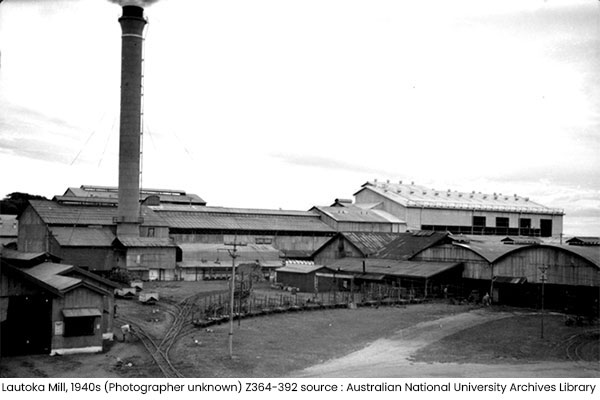Sugar cane is believed to be native to the South Pacific islands, with early European explorers and settlers discovering its presence in Fiji. Initially, Fijians grew sugar cane for chewing and utilized its juice to sweeten their food.
During the early 1860s, cotton production in the United States declined due to the Civil War, opening global markets to new producers. Fiji appeared to be a promising location for cotton cultivation. However, as American plantations recovered post-war, cotton enterprises in Fiji struggled and eventually failed.


